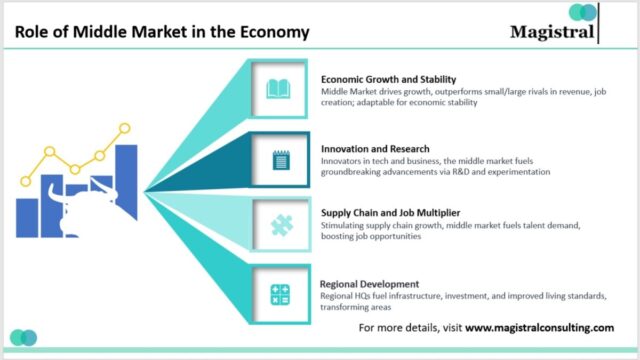Imagine an economy robust enough to rank as the world’s fifth largest, thriving with innovation, entrepreneurship, and growth. This isn’t a hypothetical scenario but the reality of the U.S. middle market, a segment teeming with potential yet frequently overlooked by the giants of investment. The heart of this market, however, beats unevenly, as private equity (PE) firms grapple with the unique challenges of engaging the lower middle market. The crux of these challenges? A profound need for cultural literacy that goes beyond mere financial acumen.
The Cultural Divide in Private Equity
At its core, the disconnect between PE firms and lower middle market businesses is not just about numbers on a balance sheet but about understanding and bridging cultural divides. For PE professionals, accustomed to the fast-paced world of mergers and acquisitions (M&A), stepping into the lower middle market can feel like entering foreign territory. Here, business owners, often with less formal education and M&A experience, nurture their companies with a blend of personal passion and community values. This difference in backgrounds and perspectives can lead to misunderstandings, hindering potential partnerships before they even begin.
Complicating matters further is the reputation challenge facing PE firms. The perception of PE as solely profit-driven, with little regard for the nuances of smaller businesses, can create barriers to trust. In an industry where relationships and reputations are paramount, overcoming these preconceptions is essential for unlocking the true potential of the lower middle market.
Emphasizing Cultural Literacy
The solution lies in emphasizing cultural literacy alongside financial investments. For PE firms, this means not only understanding the financials but also appreciating the unique story of each business, its place within the community, and the vision of its owners. By aligning their strategies with the values and goals of these business owners, PE firms can foster a more collaborative and trusting environment. This approach not only facilitates smoother transactions but also promises mutual benefits, contributing positively to the broader U.S. economy.
Moreover, addressing these cultural literacy issues requires PE firms to invest in their own education, learning to navigate the complexities of the lower middle market with empathy and respect. This includes understanding the significance of legacy for business owners, who often view their companies as an extension of their family and community. By acknowledging and honoring these emotional dimensions, PE can build stronger, more meaningful partnerships.
Looking Ahead: The Promise of Mutual Growth
The potential for mutual growth is immense. As highlighted, by embracing cultural literacy, PE firms not only stand to gain financially but also contribute to the vitality of the U.S. economy. This sector, if leveraged correctly, can be a powerhouse of innovation, job creation, and economic resilience. The key to unlocking this potential lies in building bridges – not just of capital but of understanding and respect.
As we look towards the future, the role of private equity in shaping the landscape of the lower middle market cannot be underestimated. By addressing the challenges of cultural literacy, PE firms have the opportunity to transform their approach, turning potential obstacles into avenues for growth. In doing so, they can help ensure that the U.S. middle market continues to thrive, reinforcing its position as a critical engine of the national economy.




